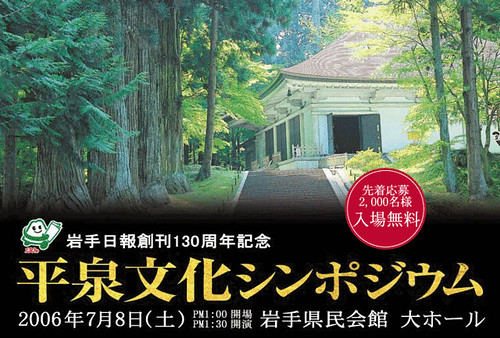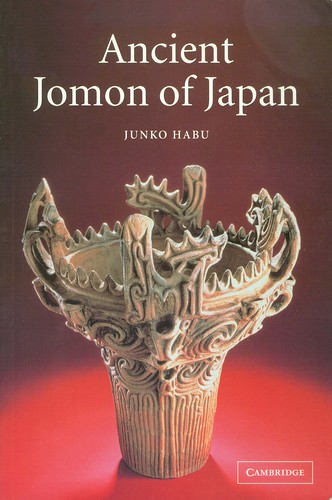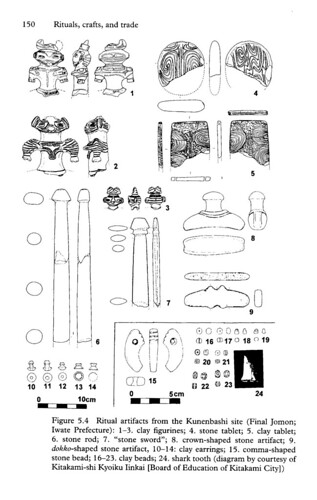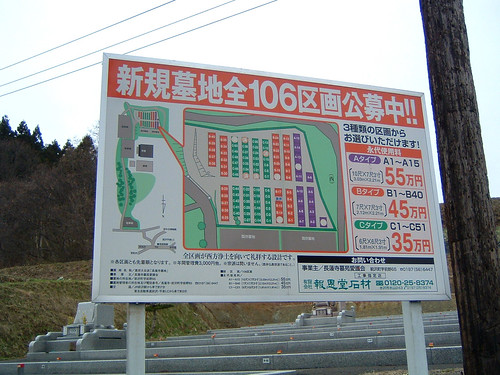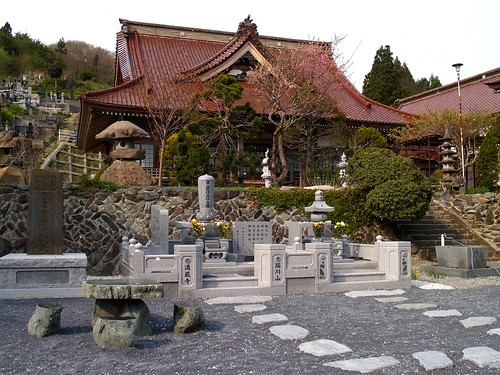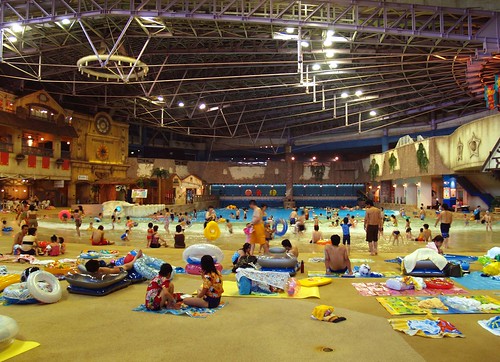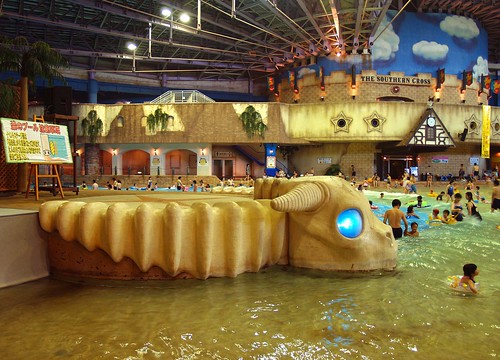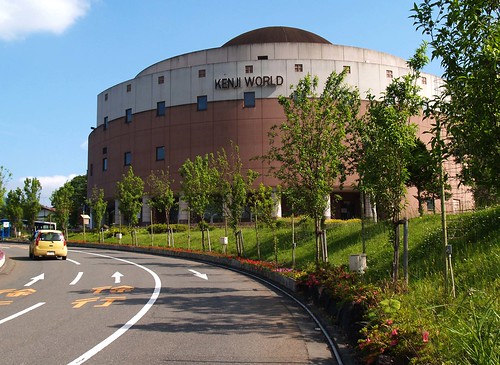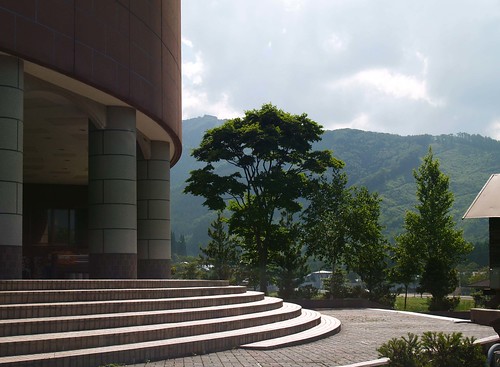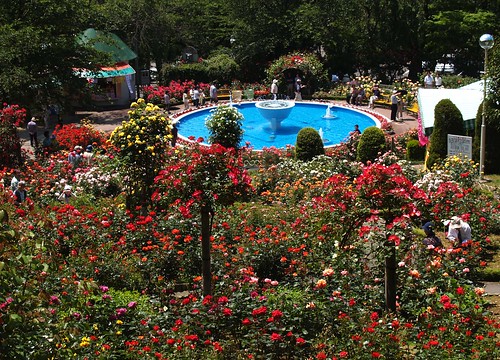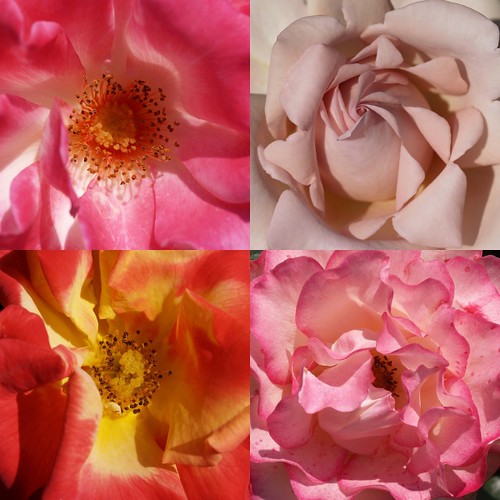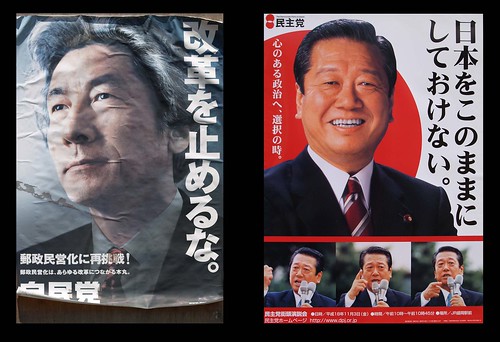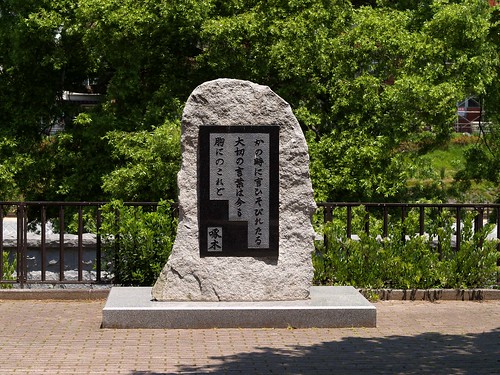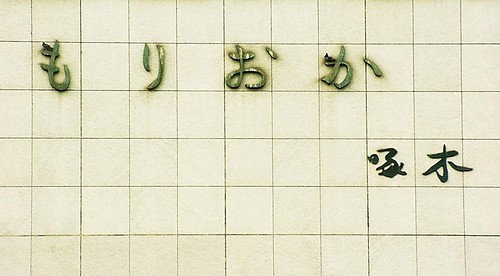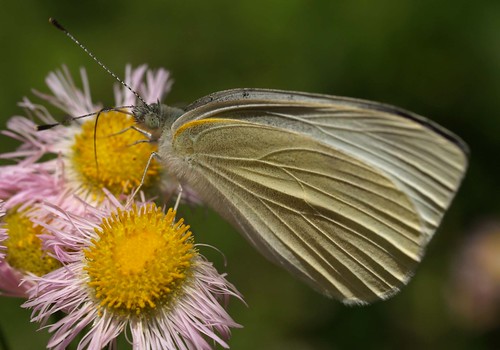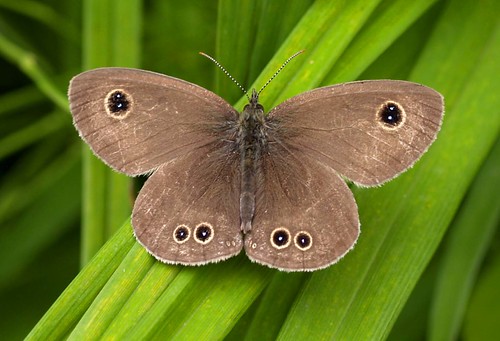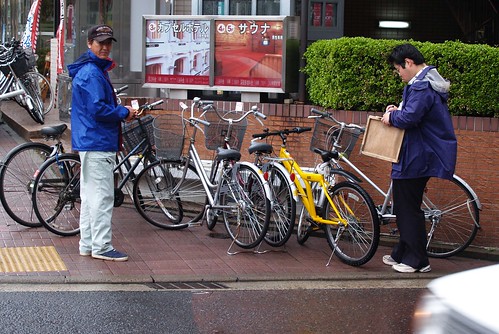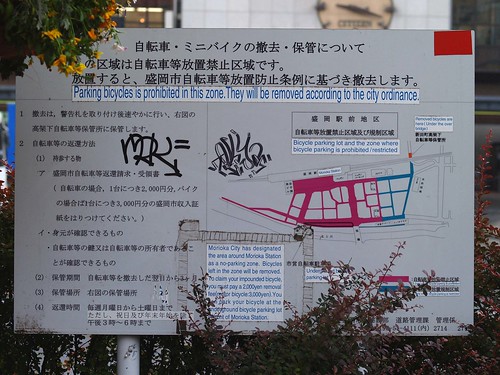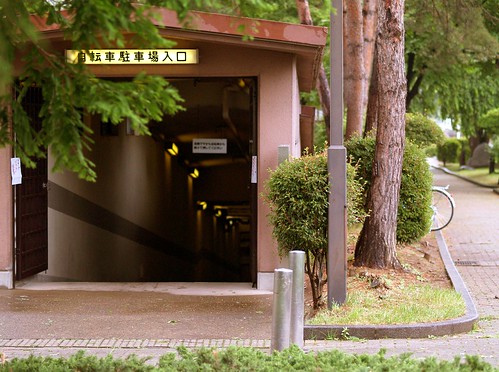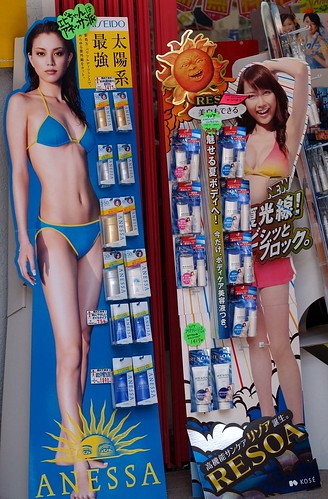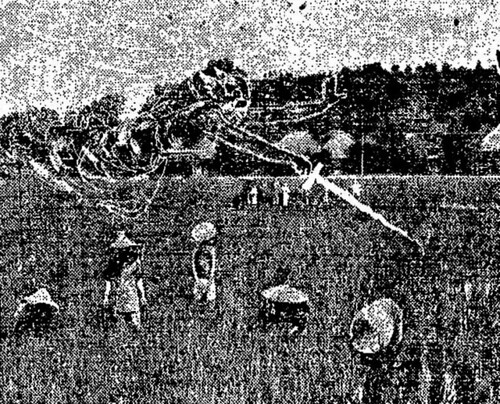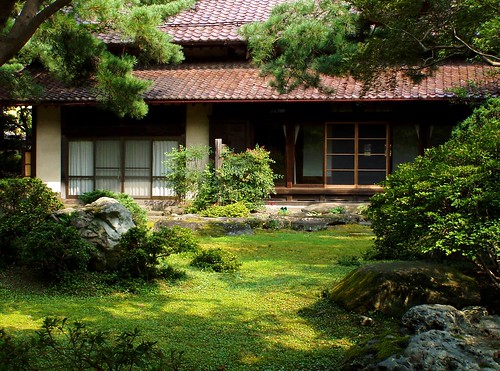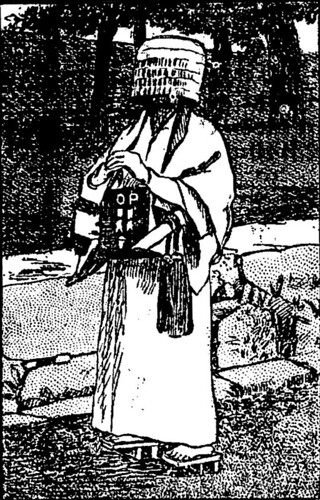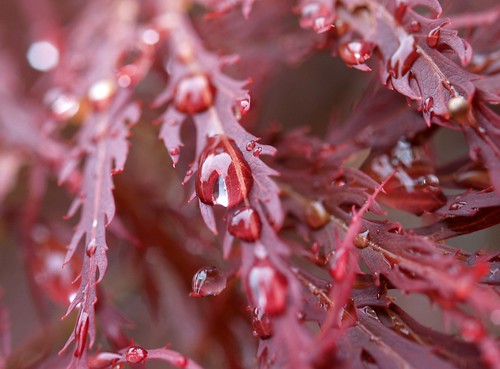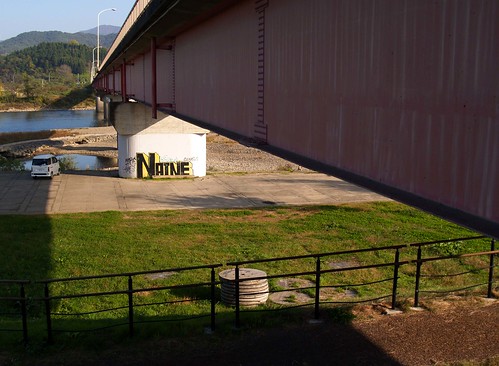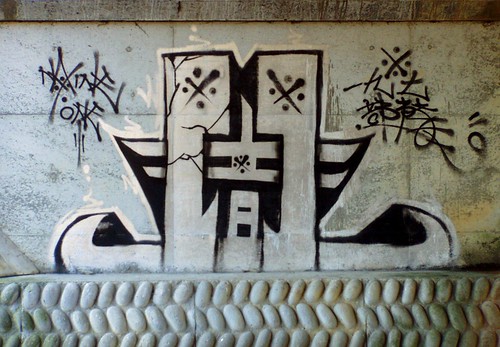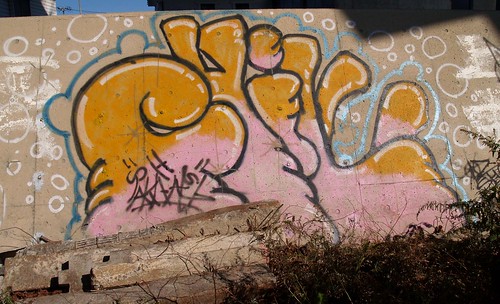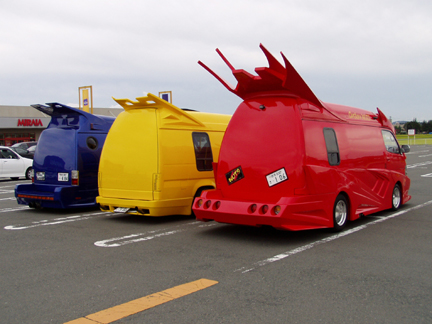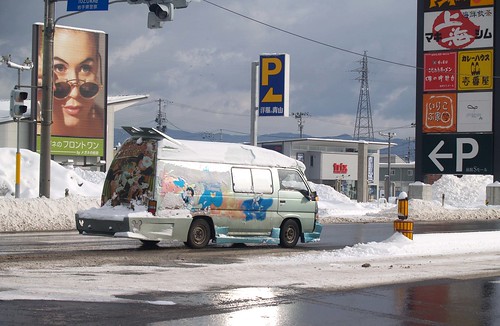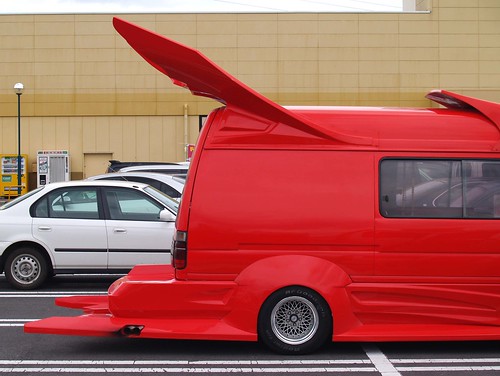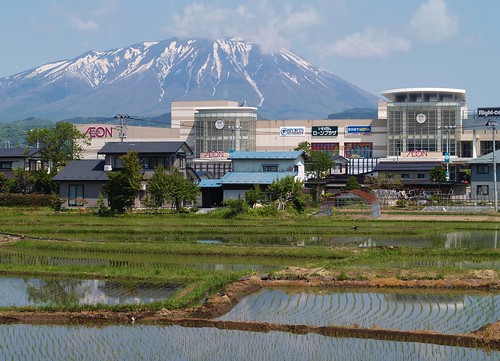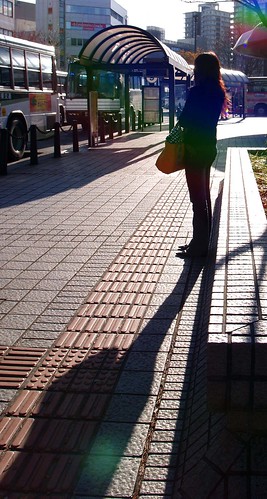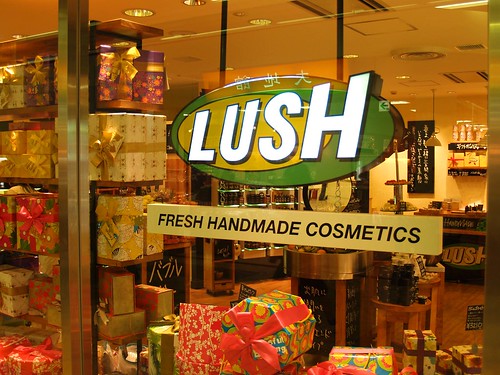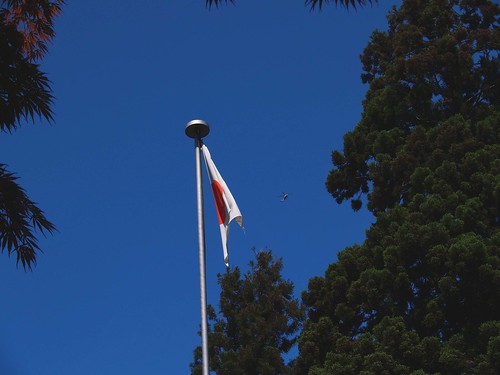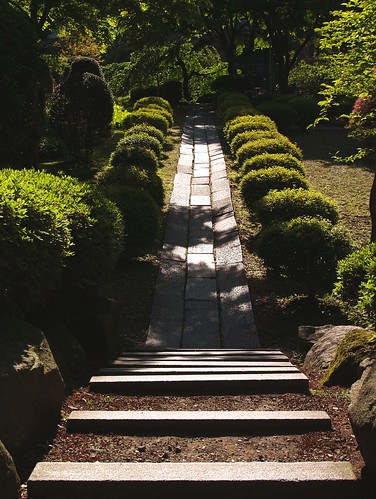Yamada is a remote port town of around 20,000 people nestled deep in the heart of the Rikuchuu Seashore National Park. It is composed almost entirely of mountains which rise as high as 1,160 meters in the West and drop down to the sea on the Eastern seaboard in sheer cliffs dozens of meters high in some places.
It is connected to the outside world by National Highway 45 and the JR Yamada Railline. Both of which run North (to Miyako) and South (to Kamaishi) along the coast. There are no roads leading west, no passenger boats heading west and there is no airport! Well, there is an air base for the Self Defense Force but you and I can't use it!
The locals mainly occupy themselves with fishing and shipping, raising shellfish (oysters and scallops mostly) and a bit of farming (rice for the most part, but also gentians, lettuce, spinach and shiitake mushrooms). Which is to say they are bored stiff and the young people flee as quickly as they can and as far as they are able! But all of this combines to make Yamada a near paradise for the vacationing visitor!
The coastline is spectacular! There are back roads that wind along the coast providing wonderful scenic views; mountains with streams gushing down their sides to the sea below creating breathtaking waterfalls; a beach or two and campgrounds for the adventurous. Then there is the jewel of Yamada - Holland Island. It is tiny and you can only get there by boat for a month or two in the summer, but it is worth going out of your way for!
 [Holland Island Fish]
[Holland Island Fish]Holland Island has no electricity, running water or any of the modern conveniences that clutter our daily lives! There is a dock for the boat, a restroom, a small food stall selling cold drinks and snacks, and a sandy beach. The water is clear and clean and full of fish, eels, crabs and more. You will want to snorkle here all day!
The Island received it's name after a Dutch ship stopped here on July 29, 1643, the Breskence (pardon my spelling but I've only seen the name in Japanese!). The story that has been told for a long time is that the ship stopped here looking for food and water. At that time the country was closed to foreigners but the locals let them stay on the island. It is now known that the ship was part of a larger fleet cruising the coast of Hokkaido and Honshu looking for gold!
The Breskence or one of its sister ships stopped again a few years later. The locals became suspicious of their activities and tried to get them to come ashore so they could arrest them. The sailors wouldn't leave their ship so finally the locals decided on a ploy. They loaded their prettiest girls onto small boats and sent them out to the Breskence. This got their attention and the captain and some of his sailors came ashore. They were arrested and brought to Morioka castle with their hands tied. Lord Nanbu sent a messanger to Edo (Tokyo) with the news and a query as to what he should do with them. The Shogun asked that they be delivered to him and they were.
The shogun supposed they were here to spread Christianity and interrogated them for weeks. Finally convinced that they were merely harmless treasure seekers he released them to the Dutch community in Nagasaki. The captain returned home and wrote an account of his experiences which still survives.
They travelled the length of Japan from the far North to Edo and then to Nagasaki in the West more than 350 years ago when the country was closed to foreigners. I wish CNN could have interviewed them for a special program!
